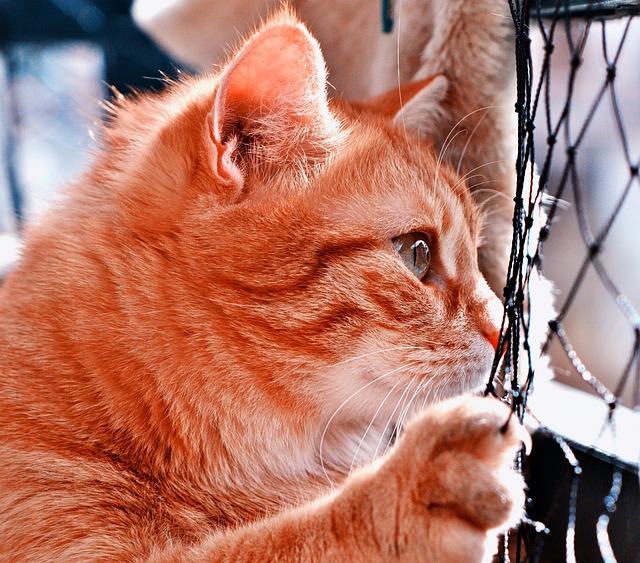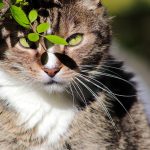Introduction: Identifying a cat’s breed can be a challenge, especially with the wide range of eye colors, fur patterns, and coat lengths. While a black cat with golden eyes may not necessarily be a Bombay, distinguishing between domestic and purebred cats can be equally perplexing. This guide aims to shed light on the complexities of feline classification, offering insights into the diverse world of cat breeds.
Domestic vs. Purebred Cats: Distinguishing between domestic and purebred cats is crucial for understanding feline lineage. Domestic cats are broadly categorized as short-haired, medium-haired, or long-haired, often with mixed backgrounds. Purebreds, on the other hand, have a lineage consisting entirely of one breed, possibly with permissible crossbreeding. Certification by a cat breed registry is typically required to designate a cat as purebred.
The Dynamic World of Domestic Cats: Domestic cats come in an array of sizes, shapes, and colors. Their genetics, diet, and care regimen influence their appearance, leading to variations in weight and physique. The spectrum of coat colors encompasses black, white, gray, and shades in between, while patterns include tabby, calico, tortoiseshell, and tuxedo, among others. While not distinct breeds, these patterns often signify unique characteristics associated with each.
Calico Cats: Calico cats, characterized by vibrant red, white, and black colors, or their more subdued dilute variations, are a kaleidoscope of feline beauty. The intricate patterns on calico cats are as individual as snowflakes, making each one unique. Interestingly, calicos are predominantly female, with male calicos being a rare exception. Certain pure breeds, such as the Persian, Manx, Maine Coon, and Scottish Fold, can also exhibit the calico pattern.
Tabby Cats: Tabby cats boast a captivating array of patterns, including stripes, swirls, and dots. They are highly favored and recognized in over two dozen cat breeds. Tabby cats display a spectrum of colors from red to cream, black to blue, silver, brown, and tan. A distinctive “M” shape on their foreheads is a hallmark feature.
Tortoiseshell Cats: Tortoiseshell cats, or torties, exhibit a combination of red and black colors, along with their diluted variations. These cats may showcase brindled or woven patterns, along with patches that may incorporate tabby markings. Discerning between tortoiseshell and calico cats is as simple as checking for white markings, which indicate a calico.
Tuxedo Cats: Elegant tuxedo cats sport a black coat with distinctive white markings on their chest, feet, legs, and face. These felines exude sophistication and can belong to either domestic or purebred breeds, such as the Devon Rex, Maine Coon, Persian, and more.
Distinctive Pure Breeds: Certain purebred cats possess unique features that set them apart from both domestic cats and other breeds. These characteristics, such as furlessness, wavy textures, flattened faces, and folded ears, occur naturally in specific breeds. Contrasting the uniform appearance of domestic cats, purebreds exhibit a striking diversity when placed side by side.
Conclusion: Deciphering cat breeds involves unraveling a tapestry of colors, patterns, and genetic histories. While domestic cats offer a wide spectrum of appearances, purebred cats present a world of specialized traits. Understanding these distinctions enriches our appreciation for the fascinating diversity within the feline kingdom.



